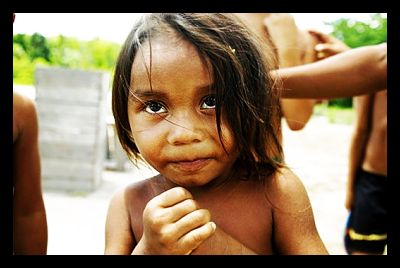
The Indian government is currently considering a special session of parliament to pass a bill on food security. While some dismiss the effort as a rather blatant ploy for votes by the ruling Congress party, the issue of food security is very real for the world’s second-most populous country.
The UN World Food Programme recently released a report on food security in the Indian state of Maharashtra that highlights the challenges for India as it seeks to push forward in its economic and social development. Maharashtra is one of the largest states in population and land area in the country. The state has varied landscapes, varied demographics, and is an excellent example of the complexities involved in Indian food security.
Two key factors in addressing food security and social and economic issues arising from widespread hunger and malnutrition are child mortality and under-nutrition. Half the districts of Maharashtra suffer from under-five mortality rates higher than the national average of 74.3 per 1,000 live births. The state also struggles in comparison to the national average of under-weight children, with 26 of to 33 districts above the national percentage.
In both children and adults, improving the nutritional level can improve an individual’s productivity level. Given the implications such improvements hold for the overall development of a community, there are several programs working to reduce and prevent under-nutrition. Unfortunately, these programs are plagued by the problems of centralized implementation, often resulting in more affluent populations receiving aid over the populations most in need.
Availability, access, and absorption of food are also critical issues in Indian food security. Changing rainfall patterns in Maharashtra have created new challenges involving these aspects. Effective irrigation infrastructure and practices are notably lacking throughout much of the state, causing widespread low crop productivity. Low crop productivity, in turn, reduces a household’s income, limiting their buying power of food commodities they do not grow themselves.
Even when food is available, water-borne illnesses can drastically reduce the number of nutrients absorbed. Cleaner irrigation practices and modernized infrastructure are proven methods to improve the morbidity and mortality rates from these diseases, and a healthier population is a more productive population.
More effective irrigation is not the only infrastructure needed in Maharashtra. Road improvements are critical to improving food access in the region. Reliable roads not only open up economic opportunities but also serve to connect a rural population to health and education resources. This connectivity, particularly to educational opportunities, can help diversify rural economies away from a sole reliance on agriculture.
Women are also an important part of the successful implementation of food security and development programs in Maharashtra. Reducing and eliminating gender inequality is a top priority of the UN World Food Programme. In Maharashtra, women’s land ownership rights are particularly critical in integrating women into the food security solution.
Even with modest progress, the challenges facing Maharashtra and India as a whole are daunting. Government, private sector, and foreign investment in the implementation of responsible and sustainable development practices is critical. More critical, however, is the collaboration of the local communities receiving the aid. Without a comprehensive, collaborative approach, the many challenges of food security in Maharashtra and India could continue to afflict several future generations.
– Lauren Brown
Source: UN World Food Programme, BBC
Photo: Ask Use
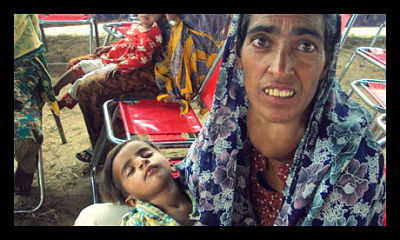

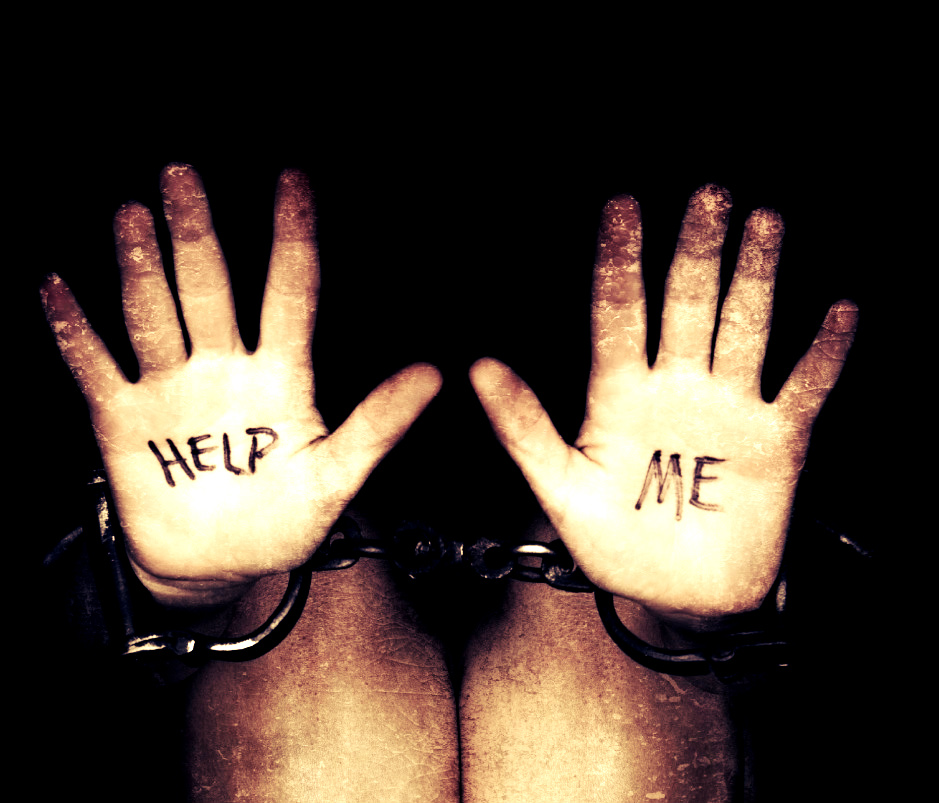
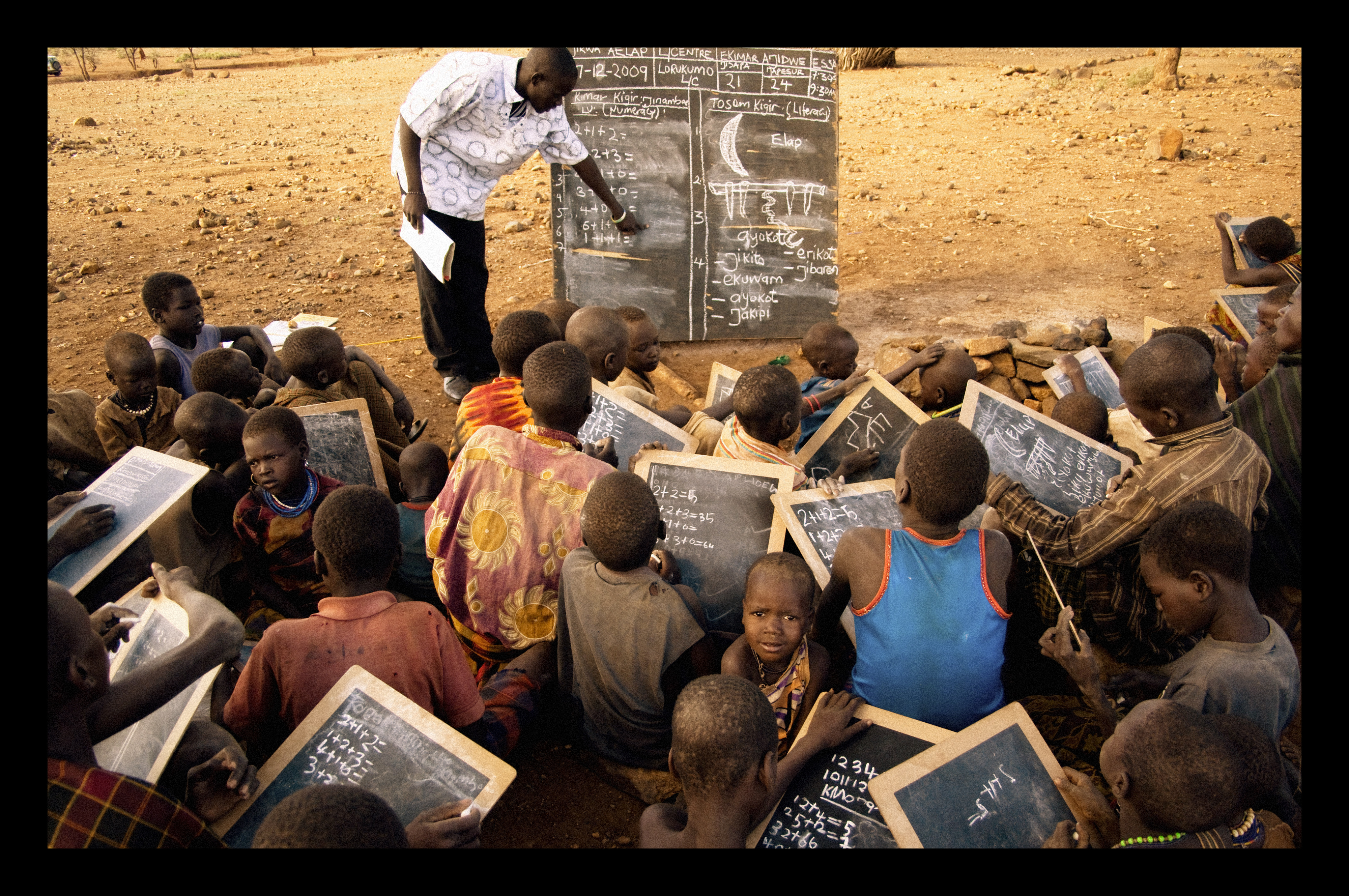

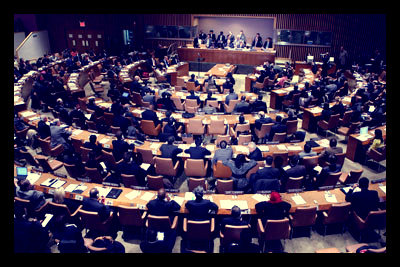 Independent United Nations experts are advising the World Bank to include human rights standards in their criteria for giving loans and all other interactions with developing countries. The World Bank will hold a review in the upcoming months to discuss its social policies and is expected to adopt international human rights standards.
Independent United Nations experts are advising the World Bank to include human rights standards in their criteria for giving loans and all other interactions with developing countries. The World Bank will hold a review in the upcoming months to discuss its social policies and is expected to adopt international human rights standards.
 The LA Times has reported that Halle Berry has teamed up with Michael Kors to help
The LA Times has reported that Halle Berry has teamed up with Michael Kors to help 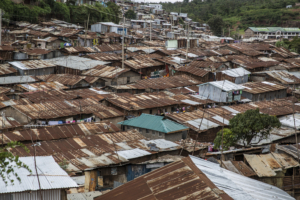 The world could end extreme poverty by 2030, according to Jim Yong Kim, president of the
The world could end extreme poverty by 2030, according to Jim Yong Kim, president of the 